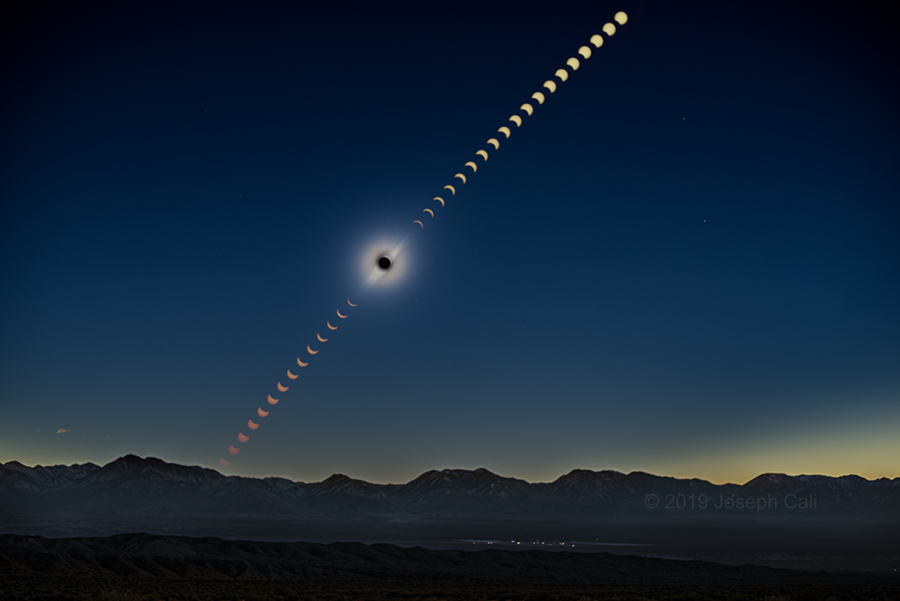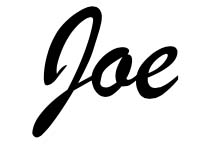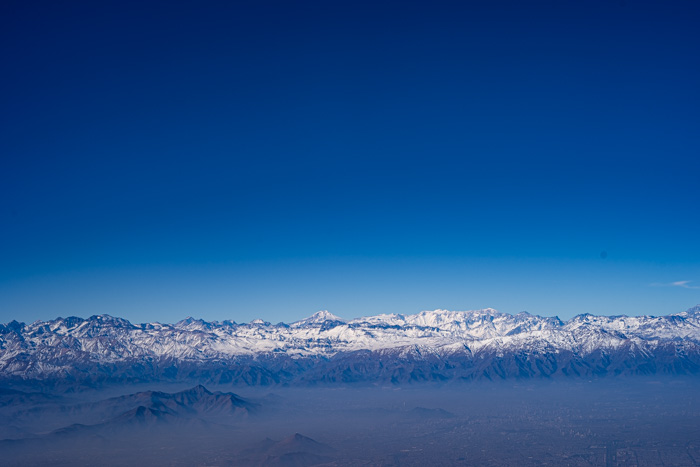
 |
WAITING FOR THE SHADOW
Solar Eclipse Observing and Photography
- Joseph Cali
|
| PHOTOGRAPHY | ECLIPSES |
ASTRONOMY |
HOME PAGE |
| GFS ECFWM ACCESS G channel |
Global Forecasting System European Community Forecast Weather Model Australian Community Climate and Earth-System Simulator-Global channel |























 YES!
|
 High fives
|
 Smiles all round
|





 |
 |

 |
 Mountains just north of the Valle Elqui |
 Reserva Nacional Las Huascoaltinos |
 Salar de Maricungas, Parque Nacional Nevados Tres Cruces |
 Unnamed salt lake 100km north east of El Salvador, Chile |
 Desert 20km south of Calama, Chile. |





